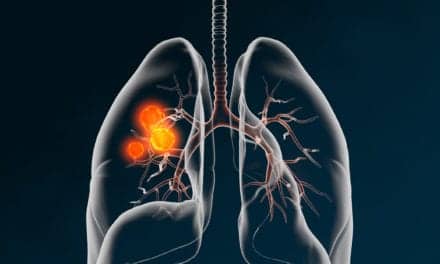Blood tests may enable more accurate diagnosis of ALS at an earlier stage of the disease, which involves measuring the blood level of a substance that varies in concentration depending on the disease’s variant.
The study—conducted by researchers at the University of Gothenburg and Umeå University— was published in Scientific Reports, and include Fani Pujol-Calderón, postdoctoral fellow at Sahlgrenska Academy, University of Gothenburg, and Arvin Behzadi, doctoral student at Umeå University and medical intern at Örnsköldsvik Hospital, as shared first authors.
Currently, it is difficult to diagnose ALS early in the course of the disease. Even after a prolonged investigation, there is a risk of misdiagnosis due to other diseases that may resemble ALS in early stages. Much would be gained from earlier correct diagnosis and the current findings from the study look promising, according to researchers.
Neurofilaments—proteins with a special role in the cells and fibers of nerves—are the substances of interest. When the nervous system is damaged, neurofilaments leak into the cerebrospinal fluid (CSF) and in lower concentrations in blood compared to CSF. In their study, scientists demonstrated that CSF and blood levels of neurofilaments can differentiate ALS from other diseases that may resemble early ALS.
The current study shows a strong association, in patients with ALS, between the quantity of neurofilaments in the blood and in CSF. The study is based on blood and CSF samples collected from 287 patients who had been referred to the Department of Neurology at the University Hospital of Umeå for investigation of possible motor neuron disease; 234 of these patients were subsequently diagnosed with ALS. These had significantly higher levels of neurofilaments in CSF and blood compared to patients who were not diagnosed with ALS.
Differences among various subgroups of ALS were also investigated and detected. Patients whose pathological symptoms started in the head and neck region had higher neurofilament concentrations in the blood and worse survival than patients whose disease onset began in an arm or a leg. The study has also succeeded in quantifying differences in blood levels of neurofilaments and survival for the two most common mutations associated to ALS.
“Finding suspected cases of ALS through a blood test opens up completely new opportunities for screening and measuring neurofilaments in blood collected longitudinally enables easier quantification of treatment effects in clinical drug trials compared to longitudinal collection of CSF. Finding ALS early in the disease course may facilitate earlier administration of pharmaceutical treatment, before the muscles have atrophied,” says Behzadi.
At present, there is no curative treatment for ALS. Nevertheless, the current drug available has been shown to prolong the survival in some ALS patients if it is administered in time.





